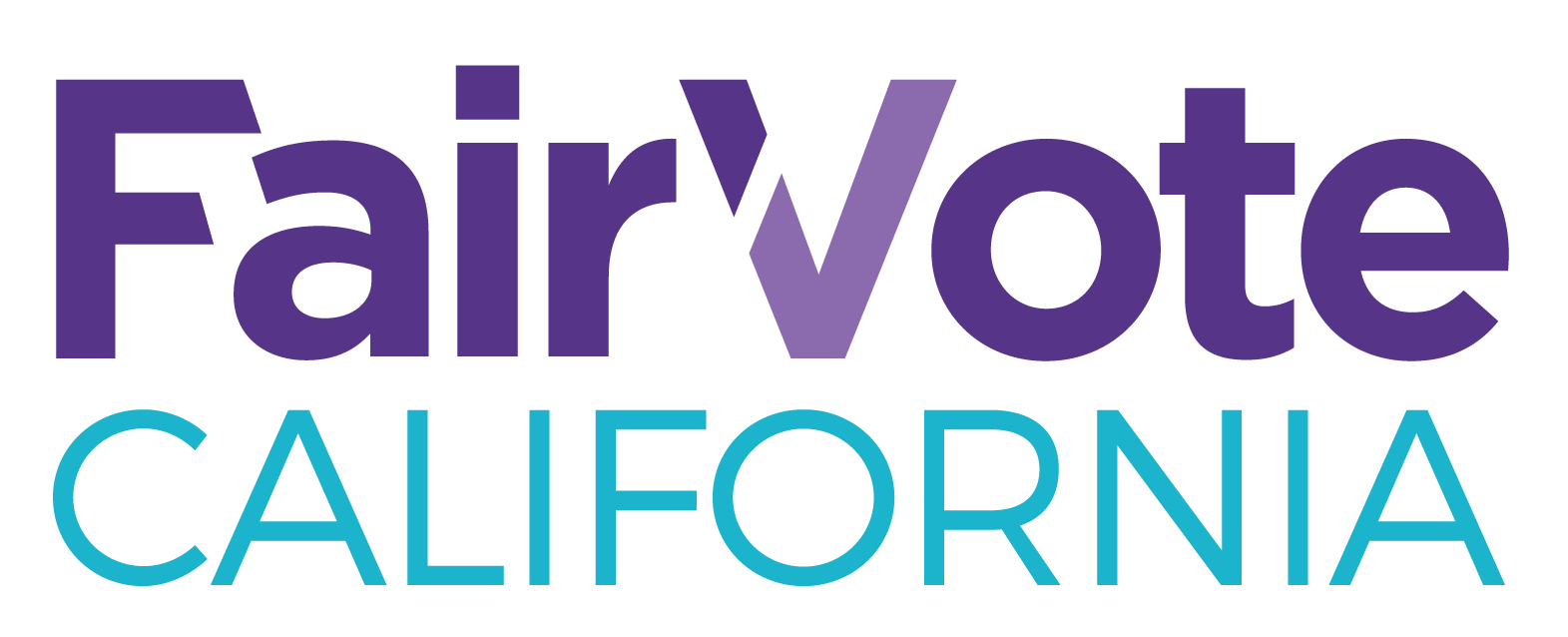This piece was originally published by Mission Local.
In March 2002, San Francisco voters passed ranked choice voting as an amendment to the City Charter, and it has been used in every city election since 2004. San Francisco is one of four Bay Area cities that will use ranked choice voting to elect its officials this November 8. This means San Francisco voters will have the freedom to rank their favorite candidates in order of preference and elect their District Supervisors in one efficient trip to the polls when turnout is at its peak.
The way ranked choice voting works is as easy as 1-2-3: Voters rank the candidates using the three columns on the ballot to indicate their first choice candidate, second choice candidate, and third choice candidate. In elections that are competitive and have many choices, like the Supervisor elections in District 1, District 7, District 9, and District 11, it is wise to use all three of your rankings. (The District 3 and District 5 races have no more than two candidates, so ranked choice voting will not be a factor in those elections unless you write in a candidate).
On Election Day, all first choices are counted. If a candidate receives a majority of first choices they win just like in any other election. However, if no candidate has a majority, the last-place candidate is eliminated, and voters who supported that candidate have their ballot instantly go to their next choice. This cycle repeats until there is a majority winner. This way, a candidate is elected under majority rule, when most voters will be casting a ballot in November. That makes the winner more broadly representative.
San Francisco’s District 9 Supervisor Race
There are four candidates running for San Francisco’s District 9 Supervisor seat: Joshua Arce, Iswari Espana, Hillary Ronen, and Melissa San Miguel. District 9 voters should anticipate that no candidate will win a first round majority with so many candidates in the race, which means that the backup choices of voters who support trailing candidates will help determine who wins the instant runoff.
The reason is simple: four candidates means voters may be divided such that no candidate earns a majority of votes in the initial round. The candidate with the lead in first choices usually wins the instant runoff. However, there is no guarantee of that happening — just like traditional runoff elections aren’t always won by the candidate who leads after the first round.
An example that some readers might be aware of is when Oakland elected Jean Quan as Mayor in 2010. Former Senate Majority Leader Don Perata led 33 percent to 24 percent in first choices, but lost 51 percent to 49 percent in the final ranked choice voting. Essentially, Quan was much more likely to be ranked second or third by backers of the mayoral candidates who were eliminated during the ranked choice voting count. When the field was reduced to two, Quan defeated Perata head to head. She would have also won a runoff if voters had kept their same preferences.
So there wasn’t any “trick” to Quan winning. She simply did a better job at connecting with more voters, and ultimately became the majority winner.
The lesson for candidates is that you need to reach out to as many voters as you can in the goal to become the candidate who can win a majority in that final instant runoff. San Francisco candidates know what they need to do to win – now they just need to make their case to voters. And voters need to be aware that ranking candidates gives them more power – if your first choice loses, your second or third choice can still determine who wins.
District 11 Supervisor Race
Another election where ranked choice voting may determine the outcome of the election is District 11. There are five (5) candidates running for John Avalos’ open seat: Kimberly Alvarenga, Ahsha Safai, Francisco Herrera, Magdalena De Guzman, and Berta Hernandez. Like the D9 race, voters in District 11 should also anticipate that no candidate will win with a first round majority. Therefore, the second and third choices of voter who supported eliminated candidates may determine the winner.
Campaigns and Voting
Under ranked choice voting, door-to-door face-to-face interaction and coalition building will matter more than money in politics. Since candidates must have the support of more voters to win, they must engage with a broader voter base instead of relying on their sole constituencies. Candidates need to seek out second choice rankings from voters whose first choice may be somebody else. What you should expect to see are campaigns that are more focused on issues and values in a ranked choice voting election.
We encourage San Francisco voters to take advantage of the greater choice that is provided this November 8 by ranking a first, second, and third choice. Doing so will help ensure your voice is hear and your vote is counted for a true win for the community.

Showing 1 reaction
Sign in with
Facebook Twitter